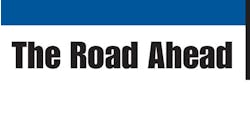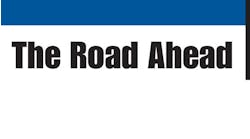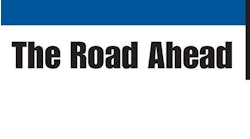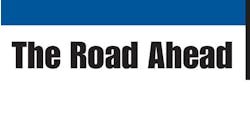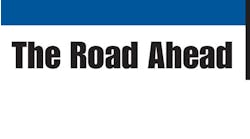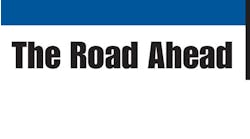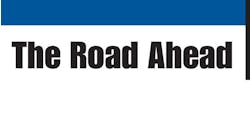The American Trucking Associations' advanced seasonally adjusted For-Hire Truck Tonnage Index decreased 0.8 percent in August, after increasing 0.3 percent in July. The not seasonally adjusted index jumped 8.2 percent from July to 120.1.
On a seasonally adjusted basis, the tonnage index fell to 110.0 (2000 = 100) in August. Despite August's sequential decrease, tonnage was up 0.9 percent from a year earlier, marking the first year-over-year increase since March of this year. Year-to-date, the tonnage index was 2.2 percent lower than during the same period in 2006.
ATA Chief Economist Bob Costello said the August tonnage reading points to continued softness in the trucking industry, specifically as it relates to the weight of goods shipped, and to the slow start of the 2007 fall freight season. Costello noted that the positive gain in the year-over-year reading has more to do with sluggishness in August 2006 rather than strength this August.
"August 2006 marked the beginning of the current slowdown for our industry," Costello said. "The slight year-over-year gain this August is primarily due to easier comparisons and is not indicative of a turnaround for the economy and trucking."
Truck freight is expected to be lackluster during the 2007 fall freight season, which traditionally starts in mid to late August and peaks in October. "Economic growth just isn't strong enough to significantly boost truck tonnage anytime soon," Costello said. "We recently reduced our economic forecasts and don't believe tonnage will consistently grow at its historical average over the last ten years of 2.5 percent until the second half of 2008.
Trucking serves as a barometer of the U.S. economy because it represents nearly 70 percent of tonnage carried by all modes of domestic freight transportation, including manufactured and retail goods.
Trucks hauled 10.7 billion tons of freight in 2005. Motor carriers collected $623 billion , or 84.3 percent of total revenue earned by all transport modes.
